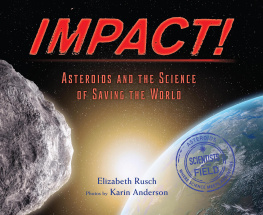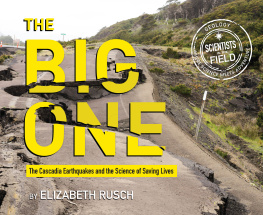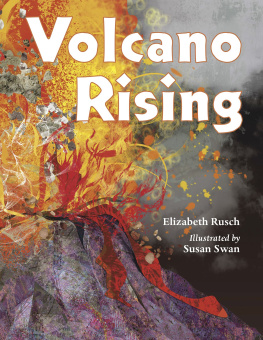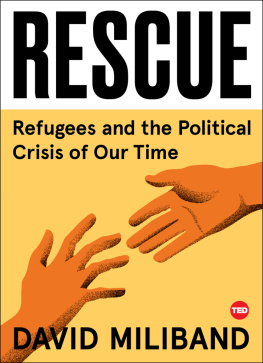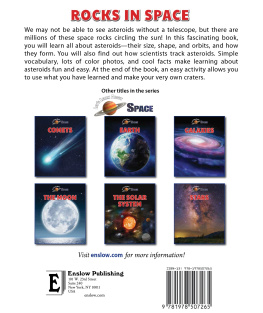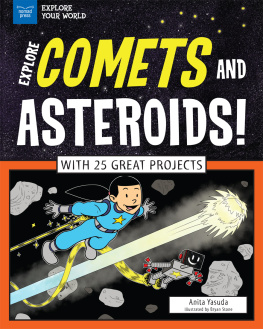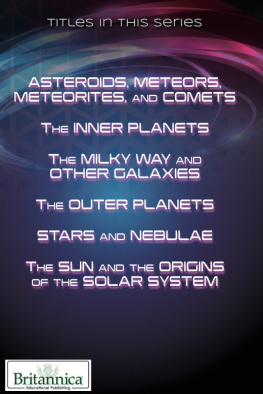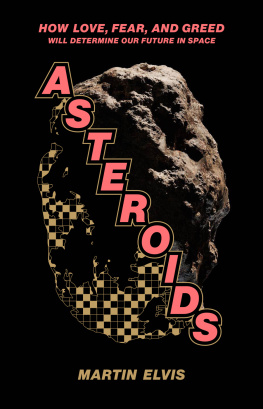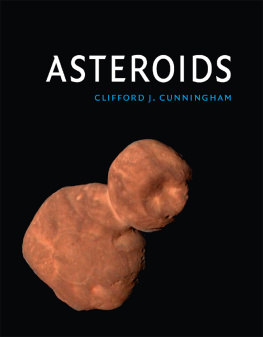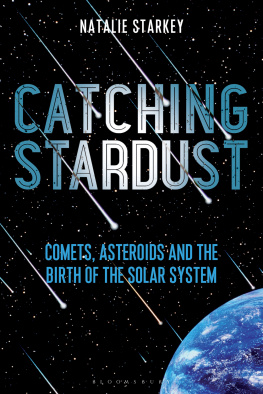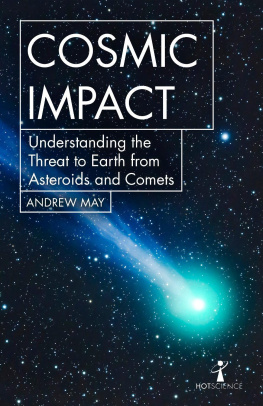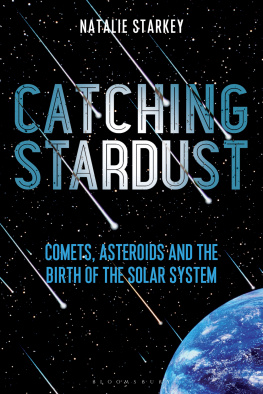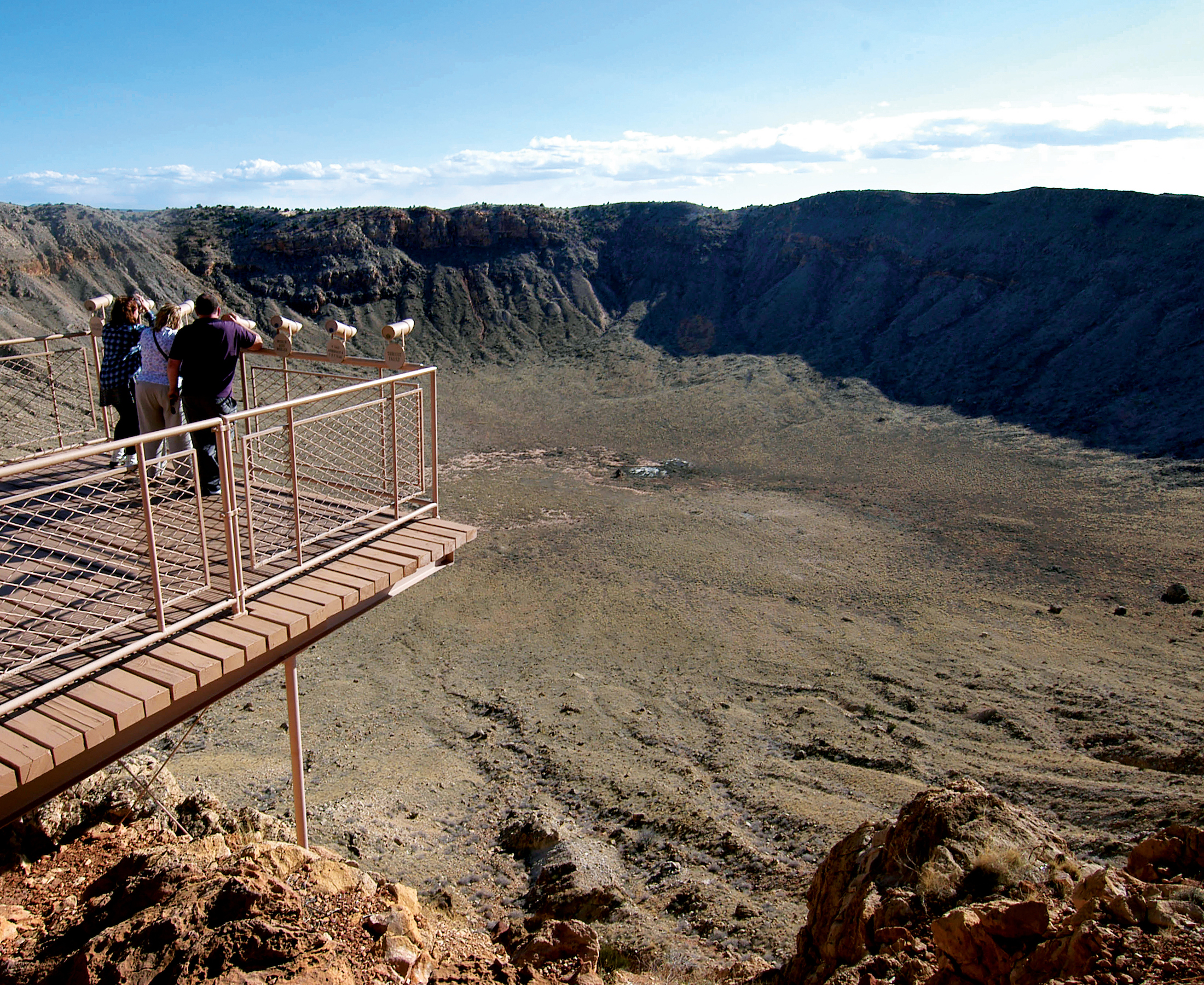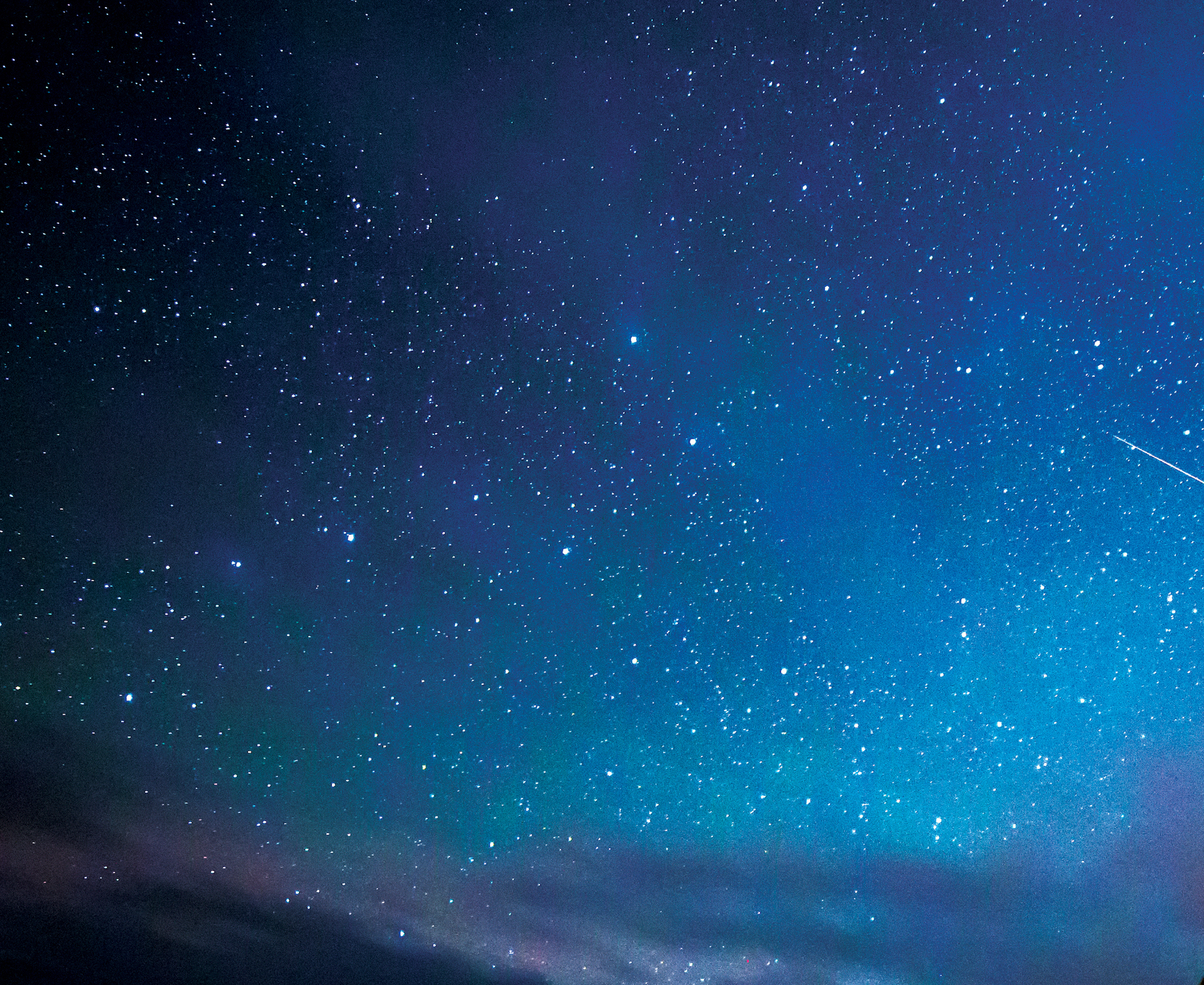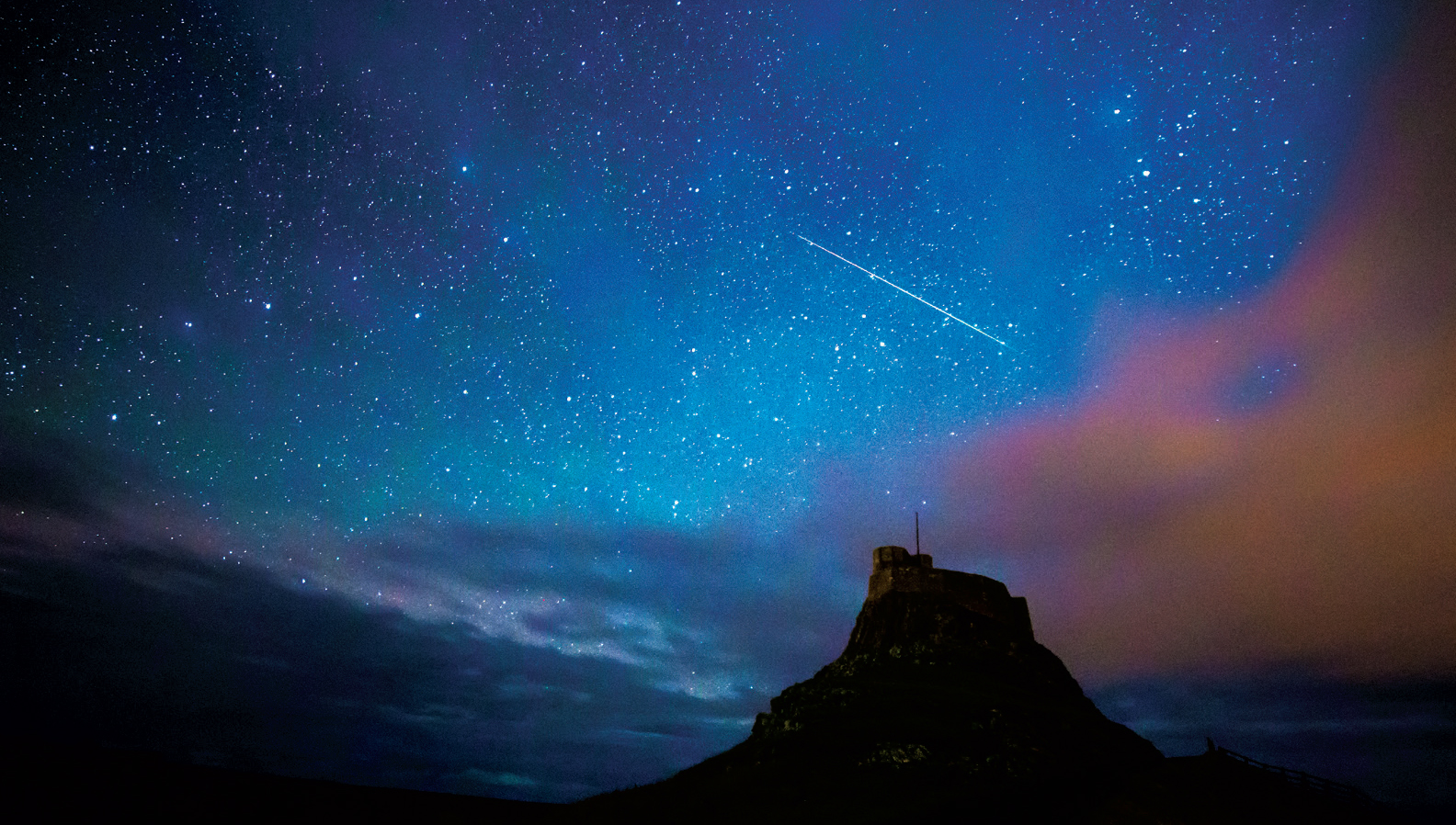T O MY MOM, WHO SHARED HER AWE OF THE UNIVERSE WITH ME. E.R.
Copyright 2017 by Elizabeth Rusch
All rights reserved. For information about permission to reproduce selections from this book, write to or to Permissions, Houghton Mifflin Harcourt Publishing Company, 3 Park Avenue, 19th Floor, New York, New York 10016.
www.hmhco.com
The Library of Congress has cataloged the print edition as follows:
Names: Rusch, Elizabeth, author. | Anderson, Karin, illustrator. Title: Impact!: asteroids and the science of saving the world / by Elizabeth Rusch; photos by Karin Anderson.
Other titles: Scientists in the field.
Description: Boston ; New York : Houghton Mifflin Harcourt, 2017. | Series: Scientists in the field series | Audience: Ages 1012. | Audience: Grades 4 to 6.
Identifiers: LCCN 2016030626 | ISBN 9780544671591 (hardcover)
Subjects: LCSH: AsteroidsCollisions with EarthJuvenile literature. | AsteroidsJuvenile literature. | MeteoritesJuvenile literature. | Extinction (Biology)Juvenile literature.
Classification: LCC QB651 .R87 2017 | DDC 551.3/97dc23
LC record available at https://lccn.loc.gov/2016030626
eISBN 978-1-328-82882-8
v1.1017
Chapter One
An Asteroid Strikes
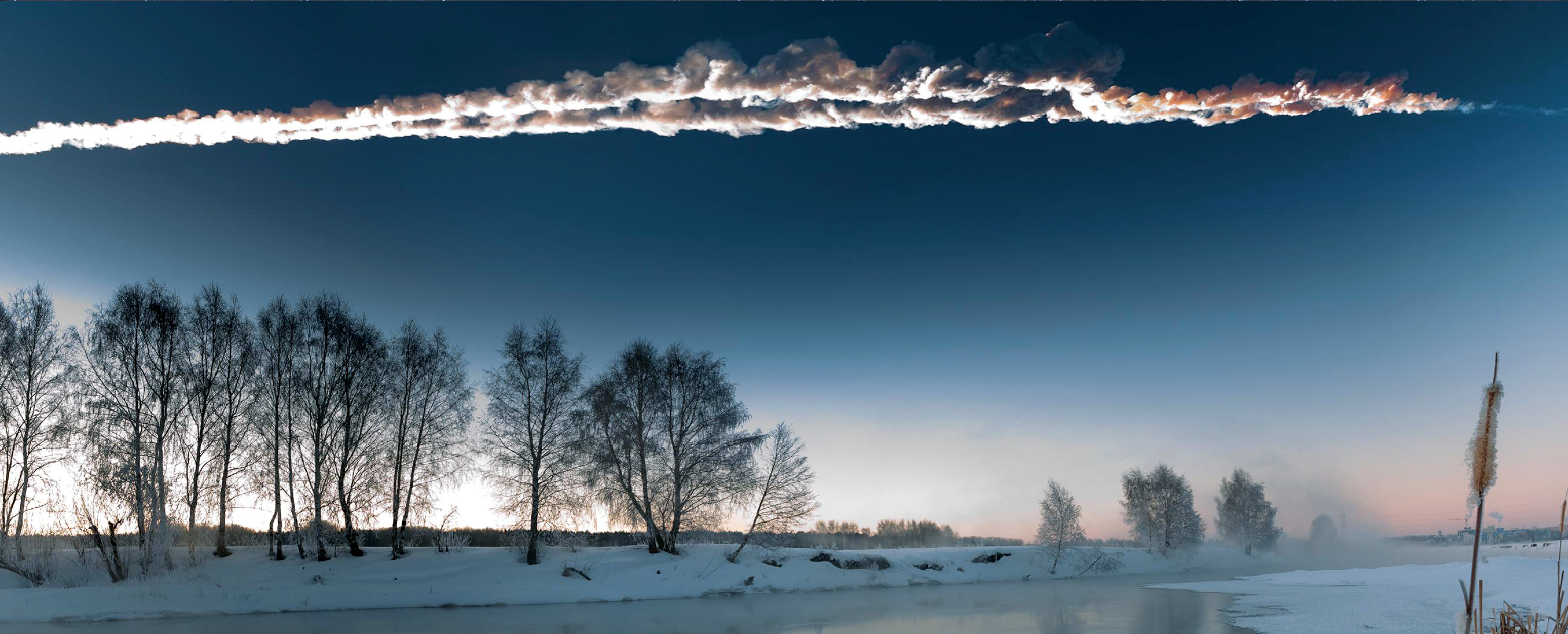
M. Ahmetvaleev, a local resident, shot this photograph of an asteroid streaking across the sky above Chelyabinsk, Russia, on February 15, 2013.
On February 15, 2013, the sun rose into a soft blue sky over the Russian city of Chelyabinsk. People bundled up tightly against the freezing weather and crunched their way through the snow past the low concrete buildings and warehouses. At 9:20 a.m., some of them noticed a strange bright point, high in the sky. It slowly grew bigger and bigger. Two smoky trails followed behind.
The fourth grade students of School No. 37 were settling in for the day with a substitute teacher, Yulia Karbysheva. Suddenly an intense flash, like a second sun, blazed across the sky.
The fourth-graders rushed to the window to see what it was.
Yulia had no idea what was happening. She yelled to her students: Duck and cover! The children crawled under their desks and wrapped their arms around their heads.
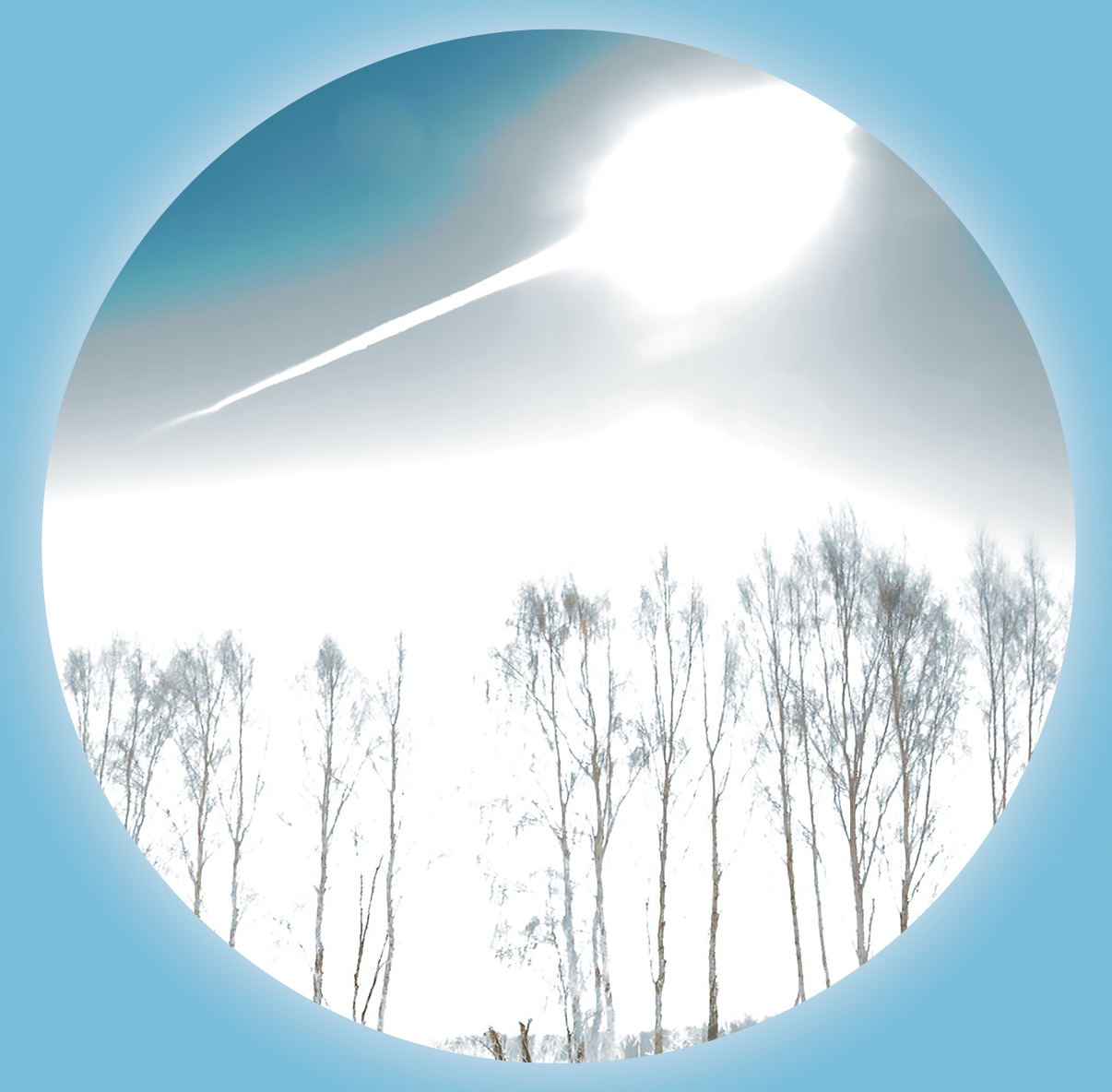
The Chelyabinsk fireball flashed with a blinding light as it blasted through the atmosphere at more than 40,000 miles (70,000 km) per hour.
Thenka-bang! crash!glass exploded in through the classroom windows, slicing Yulias leg and arm. Her forty-four students cowered under their desks, unharmed. More explosionsbam, bam, bam, like gunshotsblasted across the whole city. Chaos erupted.
Buildings rattled, roofs collapsed, and windows shattered, spraying glass shards everywhere. Doors banged open, furniture shook, and dishes flew across rooms and smashed to pieces.
People screamed and panicked. Car alarms blared, adding to the confusion.
Reports from all over Chelyabinsk flooded social media.
We got an awful jolt, like an earthquake, one person wrote.
Windows were blown out, furniture was jumping. I am shaking now, another reported.
It is a nightmare, a third witness shared. I am still young; I dont want to die!
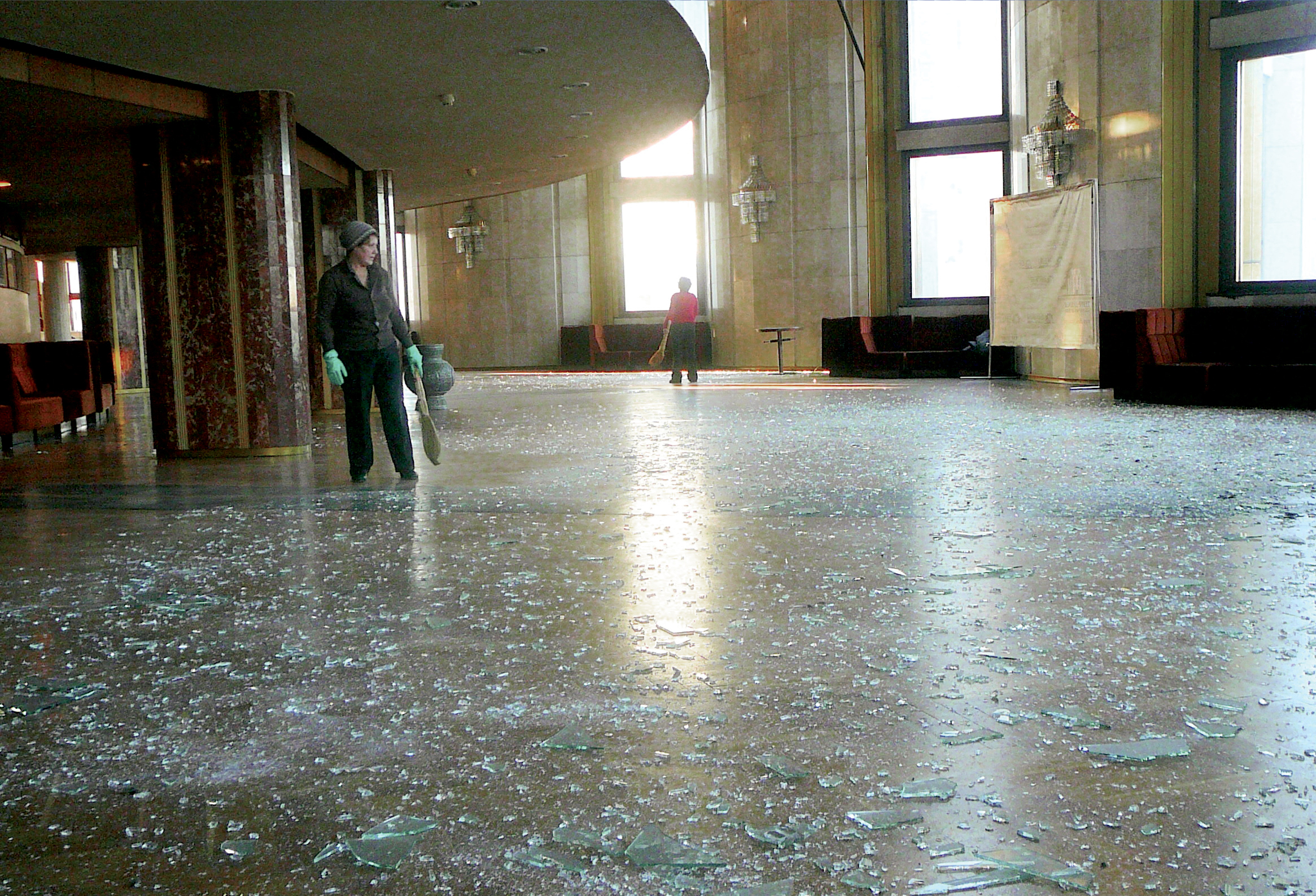
The shock wave from the Chelyabinsk asteroid shattered windows all across the city. Employees survey the damage done to the foyer of the Chelyabinsk Drama Theatre.
Some people thought a nuclear bomb had exploded or a war had begun. My heart is still beating two hundred heartbeats a minute, one mother wrote on a local web forum. I saw this terrible flash, it was red-orange! My eyes are still hurting. I turned off all the lights, sat my kids on the couch and waited. Oh my God, I thought the war has begun.
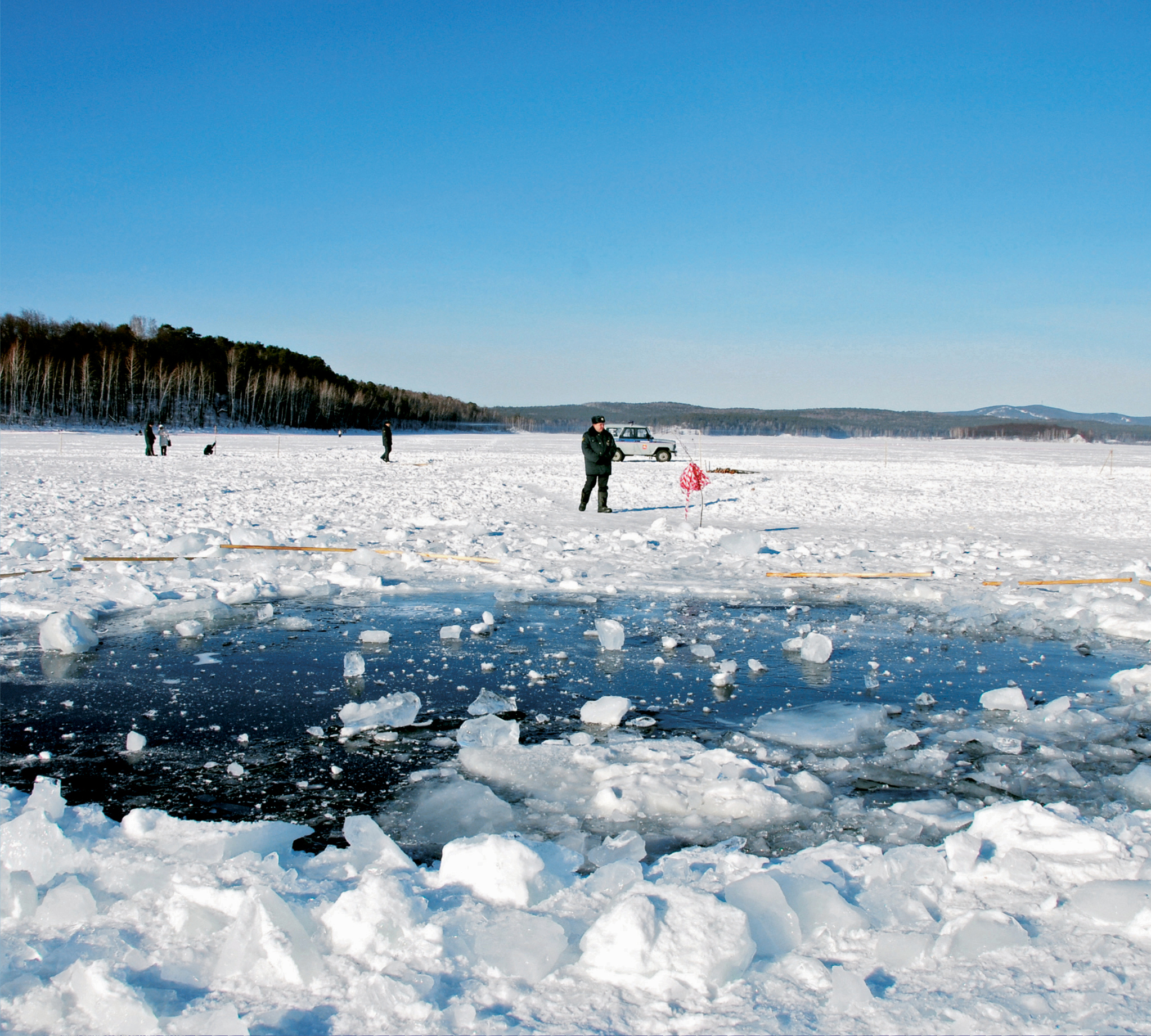
A chair-size chunk of the Chelyabinsk asteroid busted a hole through the thick ice of Lake Chebarkul.
A clue about what really happened lay more than fifty miles (80 km) away in the middle of a frozen lake in the Siberian wilderness. People nearby had followed the ball of light as it soared across the sky. They trudged across the snow-covered ice until they came to an eerie sight: a twenty-foot-wide (6 m) round hole in the thick ice. As they peered into the dark water, someone joked: Now green men will crawl out and say hello.
No aliens sprang from the hole, but the locals were rightthe flash and blasts were caused by an object from outer space. An asteroid the size of a six-story building and heavier than the Eiffel Tower had careened toward Earth and exploded in the sky. The largest piece left, about the size of a chair, had landed on the bottom of the lake. Thousands of smaller pieces littered the ground for miles.
No one saw the Chelyabinsk asteroid coming, yet scientists have a good idea of how it got there. Most asteroids that approach Earth come from the main asteroid belt, an area where millions of the huge space rocks orbit the sun between Mars and Jupiter.
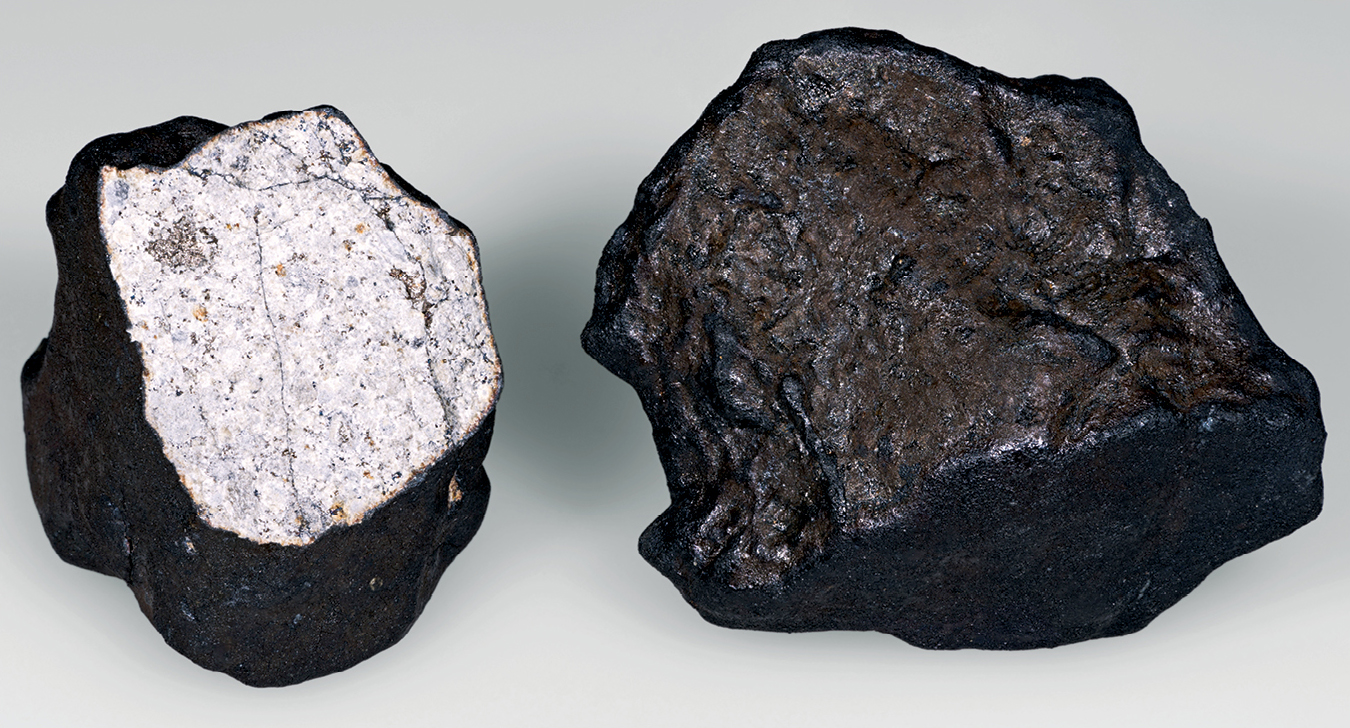
These two fragments of the Chelyabinsk meteorite were found in a field between two villages outside the city. The broken fragment shows a light-colored interior and the dark fusion crust formed during the rocks fiery journey though the atmosphere. The unbroken fragment on the right shows a complete fusion crust.
Asteroids in the belt between Mars and Jupiter generally stay there for billions of years. But sometimes an asteroid is bumped out of the belt by the gravitational pull of objects around it, from a collision, or even from the pressure of sunlight on its surface. When this happens, the asteroids orbit becomes unstable and it can begin to swing near Earth. Within a few million years, most near-Earth asteroids will do one of three things: crash into the sun; get pushed out of the solar system; or crash into a planet, perhaps Earth.
THANK YOU, ATMOSPHERE!
The Earth is getting pummeled by small fragments of asteroids all the time, and most of the time no one notices. Thats because the atmosphere does a really good job protecting us.
How does something so light and airy protect us? The atmosphere is a layer of gases around the planet, held in place by gravity. When an asteroid comes screaming through the atmosphere, the gases compress around it quickly, heating and incinerating the object. The atmosphere is like a giant laser, blasting apart anything that flies fast into it.

